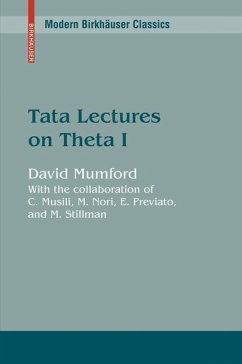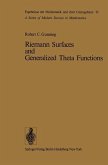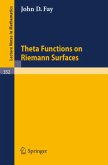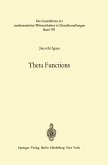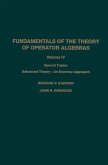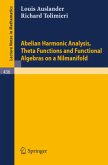This volume contains the first two out of four chapters which are intended to survey a large part of the theory of theta functions. These notes grew out of a series of lectures given at the Tata Institute of Fundamental Research in the period October, 1978, to March, 1979, on which notes were taken and excellently written up by C. Musili and M. Nori. I subsequently lectured at greater length on the contents of Chapter III at Harvard in the fall of 1979 and at a Summer School in Montreal in August, 1980, and again notes were very capably put together by E. Previato and M. Stillman, respectively. Both the Tata Institute and the University of Montreal publish lecture note series in which I had promised to place write-ups of my lectures there. However, as the project grew, it became clear that it was better to tie all these results together, rearranging and consolidating the material, and to make them available from one place. I am very grateful to the Tata Institute and the University of Montreal for permission to do this, and to Birkhauser-Boston for publishing the final result. The first 2 chapters study theta functions strictly from the viewpoint of classical analysis. In particular, in Chapter I, my goal was to explain in the simplest cases why the theta functions attracted attention.
Bitte wählen Sie Ihr Anliegen aus.
Rechnungen
Retourenschein anfordern
Bestellstatus
Storno

